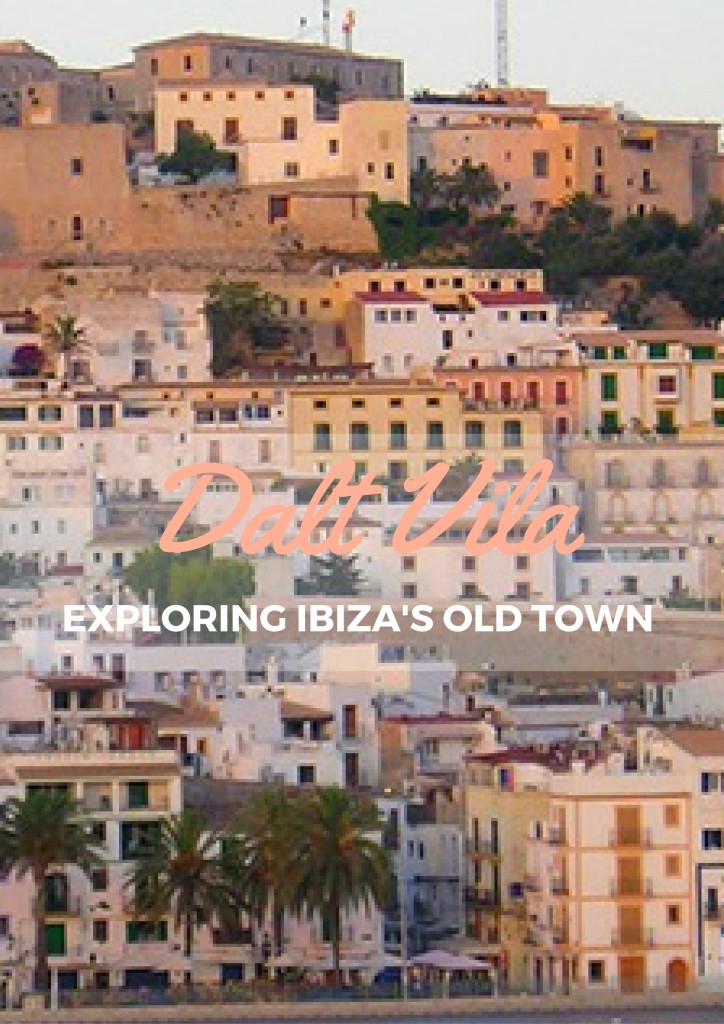There’s more to Ibiza than Pacha, the jet set or kitesurfing.
Dalt Vila, meaning ‘Upper Town’, is a significant fortified acropolis that has retained all of its charm; in fact, it is one of the most picturesque old towns in Spain. The winding, narrow and steep cobbled streets, the vast terraces and the high ramparts all exude wonder, magic and a colorful history. Listed as a World Heritage Site, UNESCO describes Ibiza’s old town as exceptionally well preserved and note the evident historical imprints of the Renaissance, the Catalans, Arabs and Phoenicians. Dalt Vila is a sublime place to visit for lovers of history and culture. Join me as we explore the wonders of this magical town on this popular island.
The Cathedral of Our Lady of the Snows
 Image by juantiagues, used under Creative Commons license (CC BY-SA 2.0)
Image by juantiagues, used under Creative Commons license (CC BY-SA 2.0)
With a history that dates back to the 13th Century stretching through to its gothic refurbishment in the 18th Century, the cathedral of Dalt Vila is a central attraction of the town – one you certainly do not want to miss. Sitting at the top of the acropolis, it offers tremendous panoramic views of Ibiza. The beautiful cathedral also holds several significant pieces of art.
The Puget Museum
This museum is also one for the art lovers and is home to a number of works by Ibizan artists, such as Narcis Puget Vina and his son, Narcis Puget Riquer. The Puget Museum hosts temporary exhibitions, too, so it is always worth having a look in advance at the artwork they will be displaying.
The Necropolis of Puig des Molins
This massive necropolis houses over 3,000 tombs that date back to the Phoenician era and the era of the Punics (Carthaginians). Exhibited in the Monographic Puig des Molins Museum, the magnificence of this archaeological find is only bettered by the tremendous collection housed at the museum – a collection consisting of the Phoenician, Punic and Roman artifacts found in Ibiza. It is here that you will discover the depth of Dalt Vila’s history.
Es Caná and Santa Eulalia
These two resorts are great places to utilize as a base to explore Dalt Vila. Es Caná is a relatively small resort that is relaxed and friendly but with a lively air thanks to the popular weekly Hippy Market. Santa Eulalia, on the other hand, is a quieter destination popular with families and gastronomes, what with its long-established reputation as the culinary centre of the island. Both have golden beaches to enjoy as well.
Fine Dining
Talking of fine dining, eating in Dalt Vila is also an easy affair with a plethora of fine restaurants to choose from. The dishes to try are the two delicious traditional specialties: guisat de peix, which is a fish stew, and peix sec, which is dried fish.
Even more wonders
There are even more wonders to discover in Dalt Vila, this brief guide does not even scratch the surface of the treasures that await you. From the awe-inspiring castle that stands on top of the acropolis, to the sixteenth century fortified walls that embrace the unique architecture, to the monumental Sacred Heart of Jesus, to the many nearby beaches, Ibiza’s old town is a richly rewarding experience. Just remember to take a comfy pair of shoes, for the simple pleasure of a romantic walk with stunning views is what Dalt Vila does best.
 Image by Michela Simoncini, used under Creative Commons license (CC BY 2.0)
Image by Michela Simoncini, used under Creative Commons license (CC BY 2.0)
Ibiza and the Islands are on my short list for next year – though partying with a newborn is not happening. Any great tips for food, sites or excursions?












